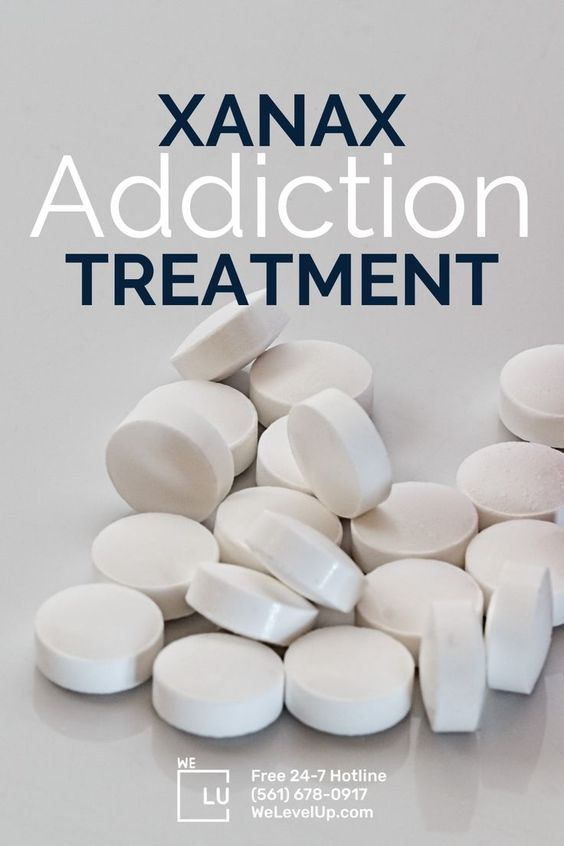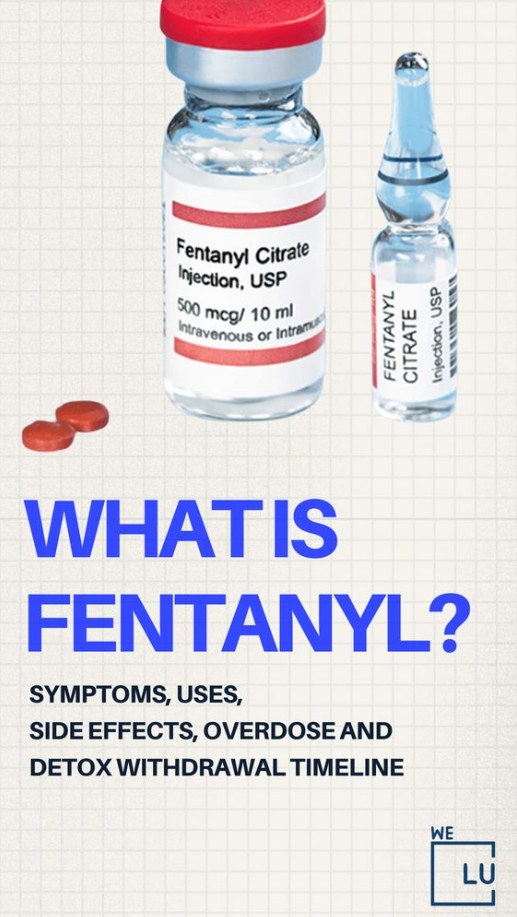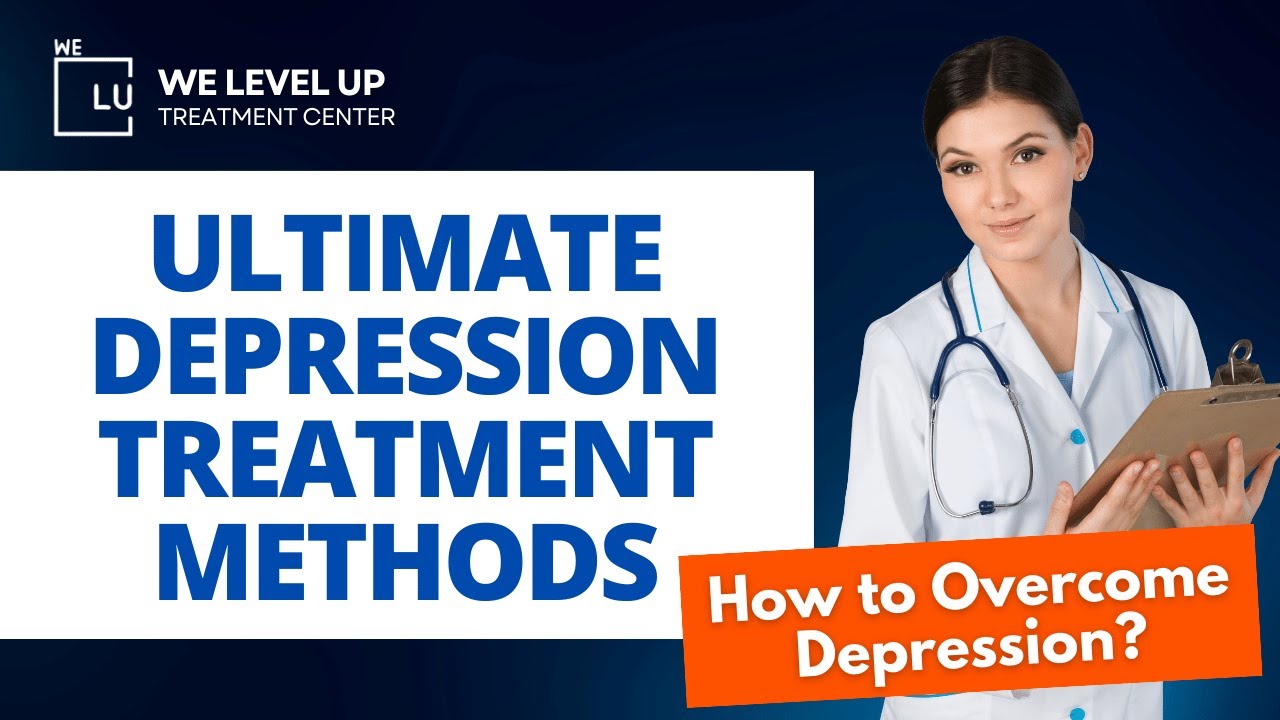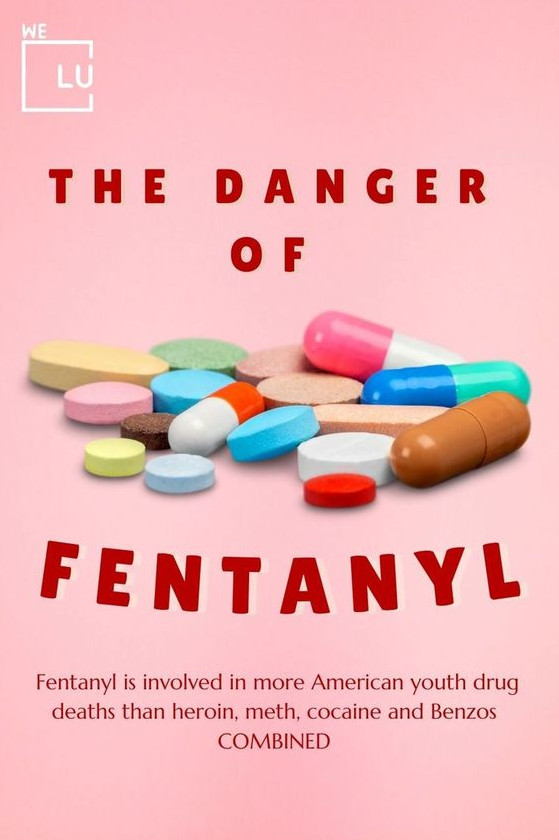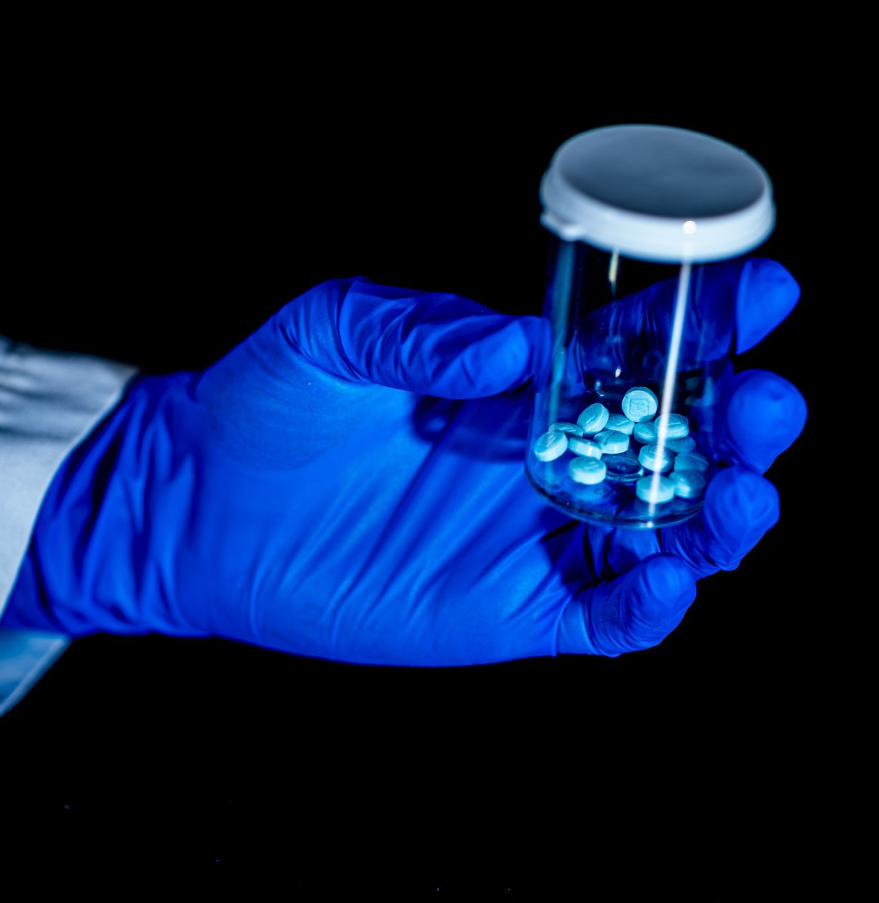Is Tramadol addictive? Tramadol poses addictive risks, potentially leading to tolerance, dependence, and addiction in individuals. Whenever a new prescription painkiller emerges, individuals grappling with prescription painkiller misuse often show interest in its potential. Tramadol, a relatively recent prescription analgesic, is no exception.
Due to its classification as a painkiller, tramadol has gained attention as a substance prone to abuse. Despite suggestions that tramadol holds a lower addictive profile, it has been prescribed extensively compared to some other opioid painkillers. Nevertheless, specific individuals may lack awareness regarding its addictive nature and the risks associated with tramadol misuse. Understanding how this drug operates within the body can provide valuable insights for those unfamiliar with tramadol, shedding light on the potential hazards and complexities linked to its use or abuse.
If you or someone you know is suffering from Tramadol addiction, the We Level Up Treatment Centers can help. Speak with our hotline specialists and discover the support and professional-accredited addiction treatment programs we offer.
Is Tramadol Addictive?
Tramadol, often perceived as one of the less potent opioids, fosters a misconception about its addictive potential. This mistaken belief can inadvertently pave the way for addiction to develop without individuals recognizing the risk.
Abusing Tramadol encompasses using it without a prescription, consuming it in higher doses, more frequent intervals, or for durations exceeding the prescribed guidelines. Additionally, combining Tramadol with other substances to amplify its effects is also considered a form of abuse.
The Signs of Tramadol Addiction
While initially designed as a safer option among prescription analgesics, tramadol abuse and addiction persist as significant concerns. The effects of this medication have the potential to trigger similar substance-seeking behaviors observed with other opioid drugs.
As an individual’s tolerance to tramadol escalates, there is a corresponding need to elevate the dosage. This response stems from brain adaptations, necessitating a higher tramadol quantity to achieve previous effects. Tramadol addiction can manifest through four key signs:
- Loss of Control Over Usage: Efforts to reduce or stop tramadol use prove ineffective.
- Intense Cravings: Overpowering urges drive repeated actions to obtain the substance, perpetuating addiction.
- Doctor Shopping: Seeking additional prescriptions from different physicians when refills are denied.
- Withdrawal Symptoms: On cessation of tramadol, the individual experiences withdrawal symptoms.
Individuals managing chronic pain conditions might develop a dependence on tramadol through prolonged use. However, alternative pain management approaches exist, offering relief without exposure to opioids like tramadol.
What Should You Expect During Tramadol Withdrawal?
Withdrawal symptoms associated with Tramadol may differ for each person. Gradually tapering off the drug can help minimize these adverse effects.
The common symptoms of Tramadol withdrawal include:
- Agitation.
- Anxiety.
- Depression.
- Cravings.
- Nausea and vomiting.
- Headaches.
- Confusion.
- Loss of appetite.
- Sweating.
- Muscle pain.
- Blurred vision.
- Insomnia.
- Mood swings.
- Diarrhea.
- Nightmares.
- Abdominal cramps.
As tramadol impacts brain areas shared with opioids and antidepressants, individuals undergoing withdrawal management may encounter symptoms associated with both medication types.
Moreover, secondary withdrawal symptoms specific to tramadol may arise, potentially persisting for months. These secondary effects might encompass restlessness, sleep disturbances, or dysphoria. Dysphoria manifests as a pervasive sense of unease or discontent, often accompanied by symptoms like anxiety, depression, or agitation.
Dangers Associated With Tramadol Addiction
Even when used appropriately under medical supervision, Tramadol can elicit adverse reactions like nausea and dizziness in users. However, abusing Tramadol significantly heightens its dangers, increasing the risk of severe side effects and potential overdose.
Combining Tramadol with other substances in polydrug use further amplifies the likelihood of severe and sometimes fatal side effects.
Common side effects of Tramadol abuse include:
- Nausea and vomiting.
- Constipation.
- Fever.
- Dizziness.
- Loss of appetite.
- Muscle aches.
- Depression.
- Excessive sweating.
According to the Substance Abuse and Mental Health Services Administration (SAMHSA), emergency department visits linked to Tramadol abuse or misuse surged by around 250 percent between 2005 and 2011.
Severe symptoms of Tramadol abuse usually manifest with higher doses or in combination with other substances. They may include seizures and central nervous system (CNS) depression. CNS depression occurs when the central nervous system slows down, potentially resulting in decreased heart rate and breathing, leading to unconsciousness, coma, and possibly death.
Another dangerous side effect of Tramadol abuse is serotonin syndrome, which can be life-threatening if not treated promptly. This syndrome arises due to excessive production or accumulation of serotonin, a neurotransmitter in the brain. Serotonin syndrome frequently occurs in individuals combining Tramadol with antidepressants, displaying symptoms such as:
- Confusion.
- Agitation.
- Muscle jerking or rigidity.
- Tremors.
- Lack of coordination.
- Seizures.
- Coma.
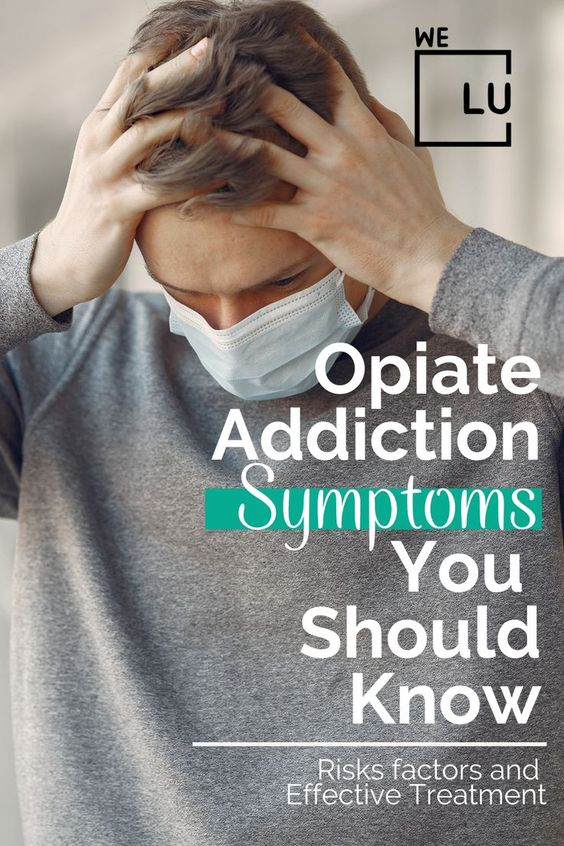
Skip To:
Learn More:
- Tramadol Withdrawal Symptoms, Timeline, & Detox Treatment
- Tramadol vs Hydrocodone: Are They Similar? Which one is Better For Pain?
- Tramadol vs Oxycodone: Which is Better? Side Effect Comparison
- Is Tramadol A Narcotic?
- Tramadol in Pregnancy
- Tramadol Serotonin Syndrome
- Vicodin vs Norco, What’s The Difference & How Do They Compare?
- How Long Does Hydrocodone Stay in Urine?
- What is Norco? Norco Drug For Severe Pain Information
- The Dangers of Hydrocodone Addiction, Symptoms & Treatment
- Hydrocodone Side Effects, Uses, Addiction and More
- Opiate Withdrawal
- Opioid Withdrawal Timeline
- Opioid Withdrawal Symptoms
Typical Drug Combinations With Tramadol
Frequently Combined Drugs with Tramadol Tramadol is often involved in polydrug use, where it’s combined with other substances either to intensify the high or for self-medication purposes. In instances of Tramadol addiction and abuse, individuals tend to co-consume the following drugs:
- Alcohol.
- Other Painkillers.
- Sedatives, such as Benzodiazepines and Sleeping Pills.
- Cold Medicine.
The likelihood of developing an addiction to Tramadol significantly rises when taken alongside other substances. Being a CNS Depressant, mixing Tramadol with other CNS Depressants like alcohol, opioids, or sedative-hypnotics can pose severe dangers. This combination can lead to respiratory depression, escalating the risk of seizures or overdose.
Get Help. Get Better. Get Your Life Back.
Searching for Accredited Drug and Alcohol Rehab Centers Near You? We Level Up Texas Is Opening Soon!
Even if you have failed previously and relapsed, or are in the middle of a difficult crisis, we stand ready to support you. Our trusted behavioral health specialists will not give up on you. When you feel ready or just want someone to speak to about therapy alternatives to change your life call us. Even if we cannot assist you, we will lead you to wherever you can get support. There is no obligation. Call our network hotline today.
FREE Addiction Hotline – Call 24/7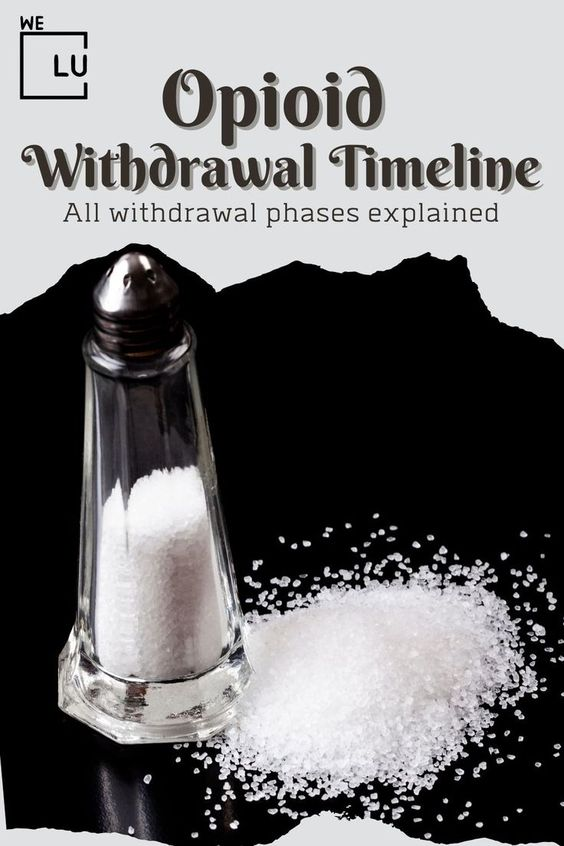
How Addictive is Tramadol Compared to Other Opioids?
Tramadol’s addictive potential compared to other opioids is a subject of debate within the medical community. Tramadol is considered an opioid, but its pharmacological action differs from other traditional opioids like morphine or oxycodone.
Tramadol acts on the mu-opioid receptors, similar to other opioids, but it also affects serotonin and norepinephrine levels in the brain. This dual mechanism of action makes its addiction potential somewhat different from that of other opioids.
While tramadol was initially marketed as having a lower risk of addiction and dependence compared to more potent opioids, studies and clinical observations, have shown that it still carries a risk of abuse, dependence, and addiction, mainly when misused or for extended periods.
Some individuals may perceive tramadol as less potent or less addictive, potentially leading to misuse or abuse. However, its unique pharmacological profile doesn’t necessarily equate to a lower risk of addiction compared to other opioids.
How Is Tramadol Withdrawal Different From Other Opioids?
Tramadol withdrawal stands apart from other opioids due to its unique pain-relieving method. Unlike many opioids that work solely by activating brain opioid receptors, tramadol also impacts serotonin and norepinephrine reuptake. Hence, its withdrawal can result in two types of symptoms: typical opioid withdrawal and atypical opioid withdrawal syndrome, which is distinctive to tramadol. This means individuals might face a mix of symptoms.
Typical opioid withdrawal symptoms involve
- Nausea.
- Abdominal pain.
- Diarrhea.
- Vomiting.
- Muscle aches.
- General discomfort.
On the other hand, atypical opioid withdrawal symptoms consist of:
- Hallucinations.
- Severe anxiety.
- Paranoia.
- Confusion.
- Depersonalization.
- Unusual sensory experiences.
While atypical symptoms are typically non-life-threatening, they can prompt risky behavior. For safe and supervised detox, seeking help from an inpatient facility is strongly advised.
Get Help. Get Better. Get Your Life Back.
Searching for Accredited Drug and Alcohol Rehab Centers Near You? We Level Up Texas Is Opening Soon!
Even if you have failed previously and relapsed, or are in the middle of a difficult crisis, we stand ready to support you. Our trusted behavioral health specialists will not give up on you. When you feel ready or just want someone to speak to about therapy alternatives to change your life call us. Even if we cannot assist you, we will lead you to wherever you can get support. There is no obligation. Call our network hotline today.
FREE Addiction Hotline – Call 24/7Tramadol Addiction – Related Statistics
Despite declining prescription rates, opioid overdose deaths remain a significant public health concern. Many opioid-related deaths are attributed to the misuse of prescription opioids or illicit opioids, such as heroin and fentanyl. Unfortunately, Norco hydrocodone is included in the problem.
There is a need for increased access to evidence-based treatments for opioid use disorder, such as medication-assisted treatment (MAT) and behavioral therapies, to address the addiction crisis effectively.
1.6 Million
An estimated 1.6 million people in the US were reported to have opioid use disorder in 2019, indicating a diagnosed addiction to opioids.
Source: NCBI
70%
In 2020, over 69,000 drug overdose deaths in the US, and approximately 70% involved opioids.
Source: CDC
18%
In 2019, only about 18% of people with opioid use disorder received specialty treatment for their addiction.
Source: NSDUH
Bioavailability
Bioavailability refers to the extent and rate at which a drug or substance is absorbed into the bloodstream or becomes available at the site of action after administration. It measures the amount of the administered dose that enters the systemic circulation and can produce an effect.
Regarding bioavailability, tramadol hydrochloride tablets boast a 75% bioavailability, whereas extended-release tramadol hydrochloride tablets range between 85% to 90%.
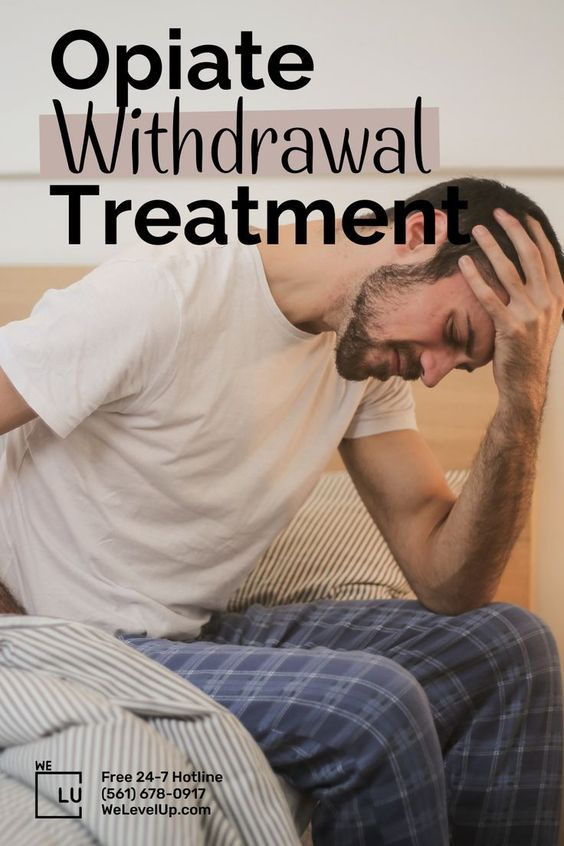
Start a New Life
Begin with a free call to an addiction & behavioral health treatment advisor. Learn more about our dual-diagnosis programs. The We Level Up treatment center network delivers recovery programs that vary by each treatment facility. Call to learn more.
- Personalized Care
- Caring Accountable Staff
- World-class Amenities
- Licensed & Accredited
- Renowned w/ 100s 5-Star Reviews
We’ll Call You
Interactions of Tramadol With Other Drugs
Potential interactions with other drugs are a critical concern when taking tramadol or hydrocodone. These interactions could lead to severe side effects, including breathing problems, coma, or even fatality. Therefore, informing a healthcare professional about all ongoing medications and supplements is crucial before starting tramadol or hydrocodone.
Combining alcohol or illicit drugs with tramadol or hydrocodone can result in hazardous or fatal reactions.
Numerous medications and supplements might interact adversely with tramadol and hydrocodone, such as:
- Antibiotics.
- Antidepressants.
- Anti-anxiety medications.
- Antipsychotics.
- Allergy medications (antihistamines).
- Benzodiazepines.
- Cold and cough medicines.
- Fungal infection medications.
- Heart rhythm medications.
- HIV medications.
- Irritable bowel medications.
- Laxatives
- Muscle relaxants.
- Nausea medications.
- Parkinson’s disease medications.
- Prescription and over-the-counter pain relievers.
- Sedatives or tranquilizers.
- Seizure medications.
- Sleeping pills.
- St. John’s Wort.
- Tryptophan.
- Ulcer medications.
- Urinary problem medications.
When these drugs include acetaminophen along with tramadol or hydrocodone, additional concerns arise. Consuming extra acetaminophen alongside these medications could lead to liver damage.
Various medications, vitamins, and supplements might provoke dangerous effects when taken with hydrocodone or tramadol. Hence, informing a healthcare provider about all substances being taken is crucial.
Gradual Reduction for Safer Withdrawal
Healthcare experts often advise individuals to decrease their tramadol dose rather than abruptly stopping it gradually. Tapering off tramadol can potentially minimize withdrawal side effects and reduce the risk of an overdose. Additionally, this approach can lower the chances of an overdose when someone returns to their previous dose after detox.
Although weaning off tramadol may extend the withdrawal timeline, it generally ensures a more comfortable and secure process. Collaborating with healthcare providers helps determine the safest frequency for reducing the dose during tramadol withdrawal.
Opening Soon! First-Class Facilities & Amenities
World-Class High-Quality Addiction & Mental Health Rehabilitation Treatment
Coming Soon! Rehab Centers TourRenowned Addiction Centers. Serene Private Facilities. Inpatient Rehab Programs Vary.
FREE Addiction Hotline – Call 24/7Proven recovery success experience, backed by a Team with History of:
- 15+ Years Experience
- 100s of 5-Star Reviews
- 10K+ Recovery Successes
- Low Patient to Therapist Ratio
- Onsite Medical Detox Center
- Comprehensive Dual-Diagnosis Treatment
- Complimentary Family & Alumni Programs
- Coaching, Recovery & Personal Development Events
Tramadol Withdrawal Detox
Tramadol detoxification ranges in severity from mild to severe, influenced by the level of usage and medications involved. It’s essential to conduct detox under medical supervision due to potential discomfort. Typically, a doctor manages the process by gradually reducing the dose and monitoring symptoms over several weeks.
A proper tapering approach usually limits Tramadol withdrawal symptoms to 5-7 days. Symptoms persisting beyond a week are termed post-acute withdrawal symptoms (PAWS). PAWS may include anxiety, depression, mood swings, insomnia, reduced appetite, irritability, and concentration difficulties, lasting 18-24 months but diminishing over time.
Medical support for managing withdrawal symptoms may involve:
- Metoclopramide for nausea and vomiting.
- Loperamide for diarrhea.
- Ibuprofen or acetaminophen for muscle pain.
- Clonidine for anxiety and sweating.
- Valium for anxiety and insomnia.
- Buprenorphine (Subutex) to alleviate withdrawal symptoms.
- Suboxone (Buprenorphine and Naloxone combo) to mitigate withdrawal symptoms and counteract opioid effects.
Tramadol Addiction Treatment
Upon completing detox, individuals may undergo various therapies and treatments as part of an extensive treatment plan. Rehab after detox is crucial for addressing underlying addiction causes. Rehab occurs in different settings:
- Residential or Inpatient Rehab: This involves residing onsite throughout treatment, receiving constant care, and participating in diverse therapies. Suited for severe addiction cases or those lacking supportive home environments.
- Outpatient Rehab: Requires traveling to the facility for treatment and returning home afterward. Suitable for individuals with supportive environments and reliable transportation.
Ongoing medication maintenance is integral for maintaining sobriety and averting relapse. Medications like methadone, buprenorphine, or naltrexone may be part of this maintenance. Naltrexone, functioning as an opioid antagonist, blocks opioid effects, preventing highs if opioids are used again.
Treatment for opioid use disorder encompasses diverse therapies and supports:
- Counseling: Addresses addiction-related issues.
- Behavioral Therapies: Cognitive-behavioral therapy (CBT), contingency management (CM), or motivational interviewing foster positive behavioral changes.
- Family Therapy: Repairs relationships affected by addiction.
- Vocational Training: Assists in employment post-rehab.
- Case Management: Aids with social services such as securing basic needs and legal aid, allowing individuals to focus on recovery.
Aftercare is essential for ongoing recovery. Post-treatment, participating in individual counseling, mindfulness-based relapse prevention (MBRP), attending support groups like Narcotics Anonymous (NA), utilizing recovery apps, or engaging in recovery management checkups with treatment providers are beneficial.
Comprehensive treatment should address substance use and associated medical, psychological, social, vocational, and legal issues tailored to individual needs.
Why Choose We Level Up Treatment Center?
At We Level Up Treatment Center, our dedicated team of professionals is committed to guiding you through every step of your recovery journey. We prioritize your well-being and provide a nurturing environment conducive to healing and growth.
Take the first step towards recovery today. Contact us to begin your journey to a drug-free life. You don’t have to face addiction alone—we are here to help you reclaim control and achieve lasting sobriety.
Start a New Life
Begin with a free call to an addiction & behavioral health treatment advisor. Learn more about our dual-diagnosis programs. The We Level Up treatment center network delivers recovery programs that vary by each treatment facility. Call to learn more.
- Personalized Care
- Caring Accountable Staff
- World-class Amenities
- Licensed & Accredited
- Renowned w/ 100s 5-Star Reviews
We’ll Call You
How Long Do Opiates Stay in Your System?
Search We Level Up TX Tramadol Withdrawal Symptoms, Timeline, & Detox Treatment Topics & Resources
Sources
- U.S. Food and Drug Administration. (2017). Tramadol Information. Is Tramadol Addictive? Tramadol Addiction, How Addictive is Tramadol – Related Articles
- Drug Enforcement Administration. (2020). Tramadol. Is Tramadol Addictive? Tramadol Addiction, How Addictive is Tramadol – Related Articles
- Drug Enforcement Administration. (n.d.). Drug Scheduling. Is Tramadol Addictive? Tramadol Addiction, How Addictive is Tramadol – Related Articles
- Thiels, C. A., Habermann, E. B., Hooten, W. M., & Jeffery, M. M. (2019). Chronic use of tramadol after acute pain episode: cohort study. BMJ (Clinical research ed.), 365, l1849. Is Tramadol Addictive? Tramadol Addiction, How Addictive is Tramadol – Related Articles
- Substance Abuse and Mental Health Services Administration. (2021). Key Substance Use and Mental Health Indicators in the United States: Results from the 2020 National Survey on Drug Use and Health. Is Tramadol Addictive? Tramadol Addiction, How Addictive is Tramadol – Related Articles
- Dhesi M, Maldonado KA, Maani CV. (2021). Tramadol. In: StatPearls [Internet]. Treasure Island (FL): StatPearls Publishing. Is Tramadol Addictive? Tramadol Addiction, How Addictive is Tramadol – Related Articles
- U.S. Food and Drug Administration. (2021). Labeling-Medication Guide: Ultram. Is Tramadol Addictive? Tramadol Addiction, How Addictive is Tramadol – Related Articles
- National Institute on Drug Abuse. (2021). Prescription Opioids DrugFacts.
- Sansone, R. A., & Sansone, L. A. (2009). Tramadol: seizures, serotonin syndrome, and coadministered antidepressants. Psychiatry (Edgmont (Pa.: Township)), 6(4), 17–21.
- Nuamah, J.K., Sasangohar, F., Erraguntla, M. et al.(2019). The past, present and future of opioid withdrawal assessment: a scoping review of scales and technologies. BMC Med Inform Decis Mak, 19, 113.

